South Korea Update Sep–Oct 2019
1. Keco publishes list of substances pre-notified by 30 June 2019
The Korean Environmental Corporation published a list of 16,743 substances pre-notified under K-REACH by 30 June 2019. The list contains information on chemical name, CAS number, number of pre-notifications, maximum tonnage band and hazard classification information. It will be regularly updated based on new pre-notifications. UVCB substances notified by email will be added at a later date, once the list has been reviewed.
List of substances pre-notified under K-REACH by 30 June 2019: https://www.chemnavi.or.kr/chemnavi/spboard/noticedetail.do?idx=43471
2. K-SIEF registration platform (CICO) opens on 7th October
The South Korean Substance Information Exchange Forum (“CICO”) platform for forming the K-REACH registration consortia opened on 7th October. The system allows South Korean companies who have pre-notified to join the consortium or propose themselves as the lead member of the consortium. Once a company has joined they can view the other members, vote on the lead registration and send and receive notices.
Notice on using the system: https://www.chemnavi.or.kr/chemnavi/spboard/noticedetail.do?idx=43534
K-REACH portal: https://kreachportal.me.go.kr
3. Notification of priority control substances has begun
On 26th August, Korea’s Chemicals Management Association (KCMA) published FAQs on the notification of priority control substances contained in products. There were 672 priority control substances published in the Ministry of Environment Notice No. 2018-233 and notification obligations for the first list of (204) substances came into effect from 1st July 2019. South Korean manufacturers, importers or Only Representatives appointed by non-Korean manufacturers and formulators need to notify these priority control substances if they are present at >0.1% in the product and if the total amount of the substance is over 1 t/y.
4. MoE amended the K-REACH enforcement rules for new chemical registration
On 16th September, the Korean Ministry of Environment published Decree No. 824 on the change of K-REACH enforcement rules. The changes were implemented immediately and will apply until the end of 2021. However only new chemical substances affected by the ongoing Japan-Korea trade dispute will be afforded reduced requirements. Below is a summary of the changes:
New chemical registration: testing plans can be submitted for a maximum of 2 physicochemical endpoints, max. 7 toxicological endpoints and max. 14 eco-toxicological endpoints. Testing data is still required if the testing report for the above-mentioned endpoints are available.
R&D exemption applications: R&D exemption applications will have reduced data requirements and only the treatment plan and the treatment result will be required. Other sections including the chemical safety management plan can be omitted.
Decree No. 824: https://www.lawmaking.go.kr/mob/ogLmPp/55550
MoE Announcement: http://www.law.go.kr/lsInfoP.do?lsiSeq=210505&ancYd=20190916&ancNo=00824&efYd=20190916&nwJoYnInfo=Y&efGubun=Y&viewCls=callsRvsDocInfoR&chrClsCd=010202#0000
5. NIER designated 15 substances as toxic chemical substances
On 11th September, the South Korean National Institute of Environment Research (NIER) published the GHS list with immediate effect. 15 substances are designated as toxic chemicals and are regarded as new substances subject to K-REACH registration. The classification of CAS No. 216970-21-7 is updated.
Announcement No. 2019-34 http://www.law.go.kr/%ED%96%89%EC%A0%95%EA%B7%9C%EC%B9%99/%EC%9C%A0%EB%8F%85%EB%AC%BC%EC%A7%88%EC%9D%98%EC%A7%80%EC%A0%95%EA%B3%A0%EC%8B%9C
Announcement No. 2019-35
Authors: Tan Sun and Sophie Guinard
